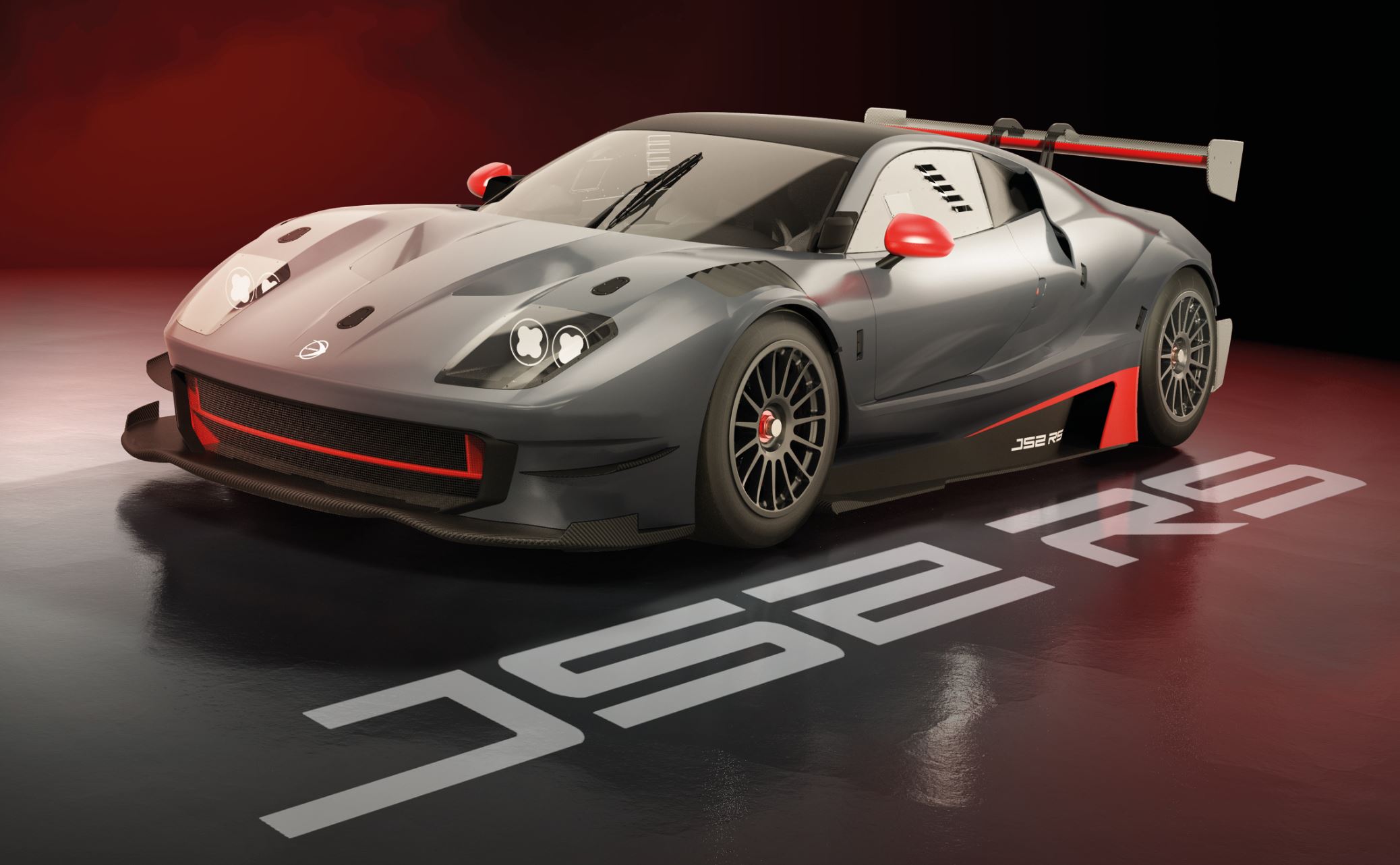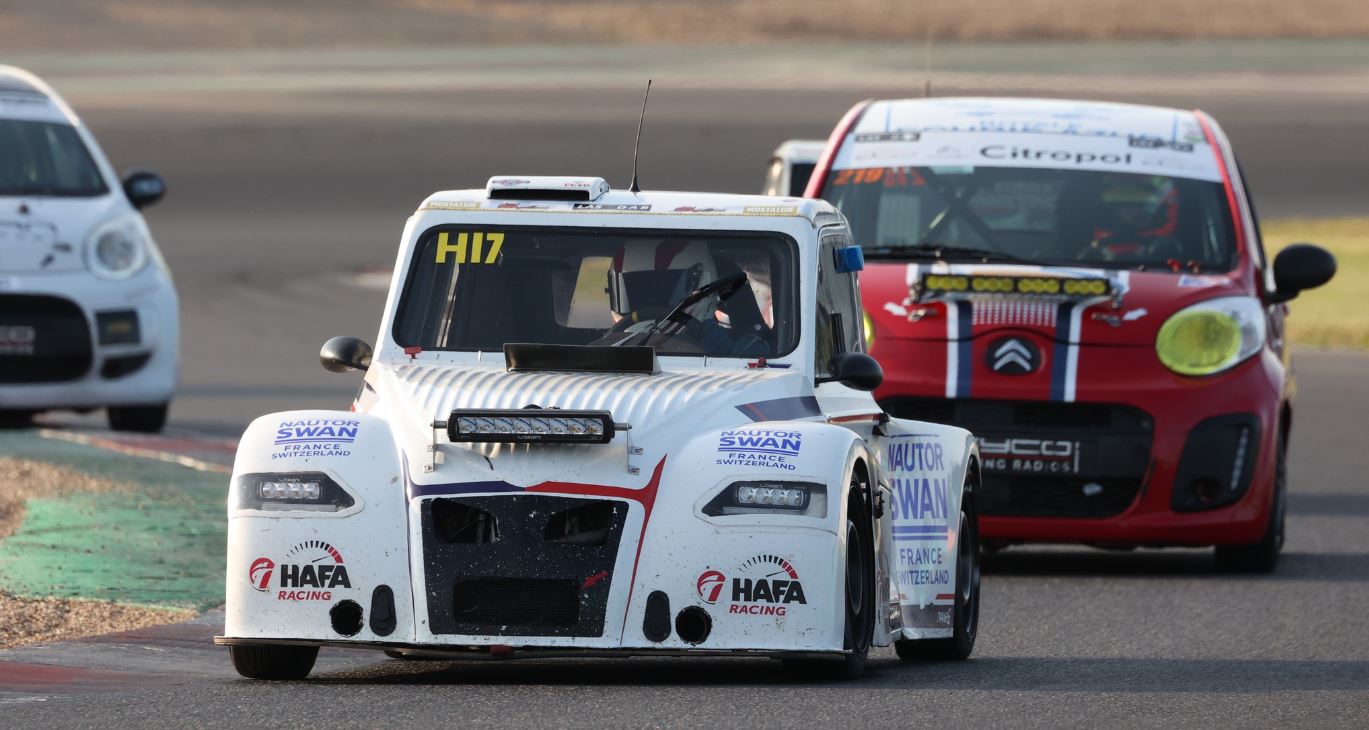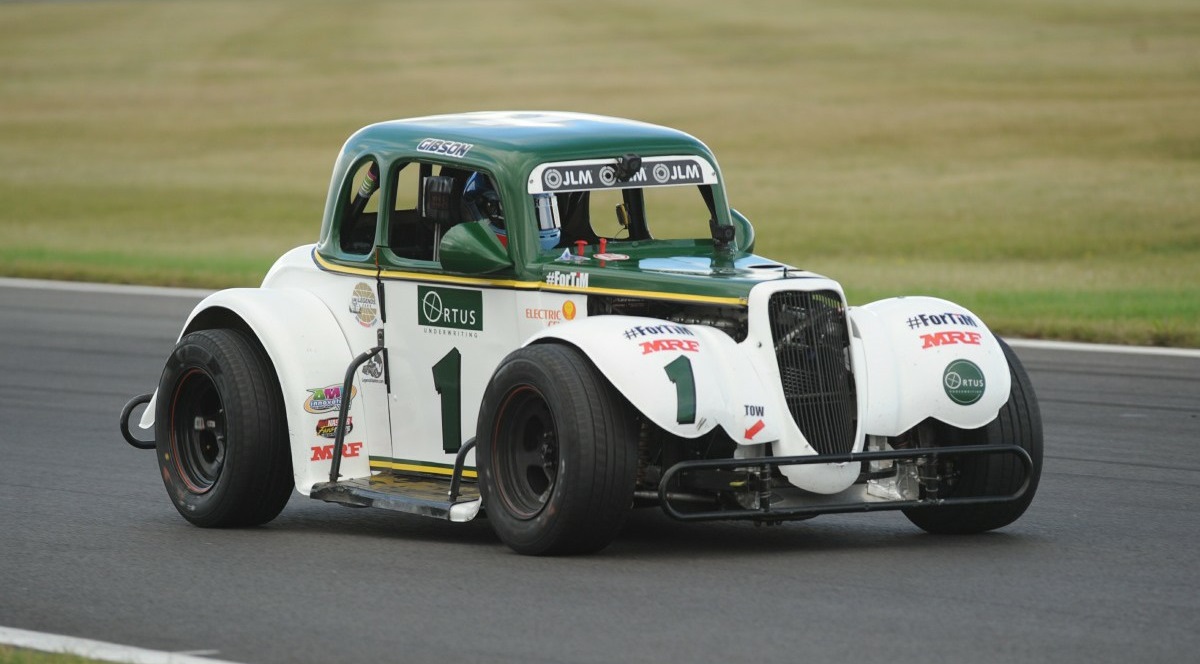Twin'Cup: low-budget car racing with Twingo
By RobinB on 25 February 2025 Circuit / RaceFrom a Simple City Car to a Full-Fledged Championship: The Story of the Twin’Cup
The Twin’Cup proves that you don’t need a 500-hp beast or a wealthy inheritance to get started in motorsport 👍
The idea was born in 2010 thanks to Marc Pachot, then an amateur driver and race organizer. As the costs of competing in Fun Cup became too high, he decided to transform a Twingo 1 (Renault’s iconic city car) into a race car by equipping it with a Clio 16S engine delivering over 130 hp, compared to the modest original 55 or 72 hp.
With its featherweight (about 770 kg after stripping out the interior) and agile chassis, the car proved surprisingly quick and very “playful” on the track 😋
Officially launched in 2011, the Twin’Cup quickly found its place in the French motorsport scene: from just four cars on the starting grid in the first year, it grew to 16 cars in the second year and quickly exceeded forty Twingos on the grid!
Integrated into the Coupe de France des Circuits, it even had the opportunity to race as a support series for major international events such as the WTCR, notably on the Pau-Arnos circuit. 🤩
ℹ️ In 2025, the Twin’Cup will also race at events like the Coupes de Pâques in Nogaro, the Trophée des Volcans in Charade, the Trophée d’Alsace at the Anneau du Rhin, and the Grand Prix Camion in Albi 🎉

The Car: A Supercharged and Surprising Twingo
To shine in the Twin'Cup, you don’t need to be a mechanical expert… or own a hypercar. You simply start with a Twingo 1 (1992–2007) and install the mandatory Twin’Cup kit to hit the track.
This kit, sold and delivered by the company Promo Events, based in Molières sur Cèze (30410), includes all the necessary safety equipment (roll cage, bucket seat, harness, fire extinguisher…), an aesthetic and body kit (front and rear bumpers, side skirts, and spoiler), a nearly open exhaust system, as well as the parts needed for the engine swap (1.6 L 16-valve engine from the Clio).
ℹ️ The full list of parts included in the “TWIN'SPORT” kit is available here 📋
Stripped of its seats and soundproofing materials, the car weighs around 770 kg on the scales, with power reaching approximately 135 hp. The result on the track is impressive: the car is playful, agile in corners, and capable of reaching nearly 200 km/h. Its very light rear can break loose if not handled carefully, adding to the charm and technical challenge of Twin’Cup driving 💪
Since 2022, the Twingo runs on E85 fuel, thanks to the BIOFlex Connect By Biomotors system, a solution that slightly reduces fuel costs and its ecological footprint ♻️
In 2025, note the introduction of the “light” sprint category, which, as the name suggests, features a reduced format and simplified car preparation requirements. This series aims to provide a stepping stone between the stock Twin’Cup cars used during open track days and competition-optimized cars focused on performance 🔥
Unlike “classic” Twin’Cup cars, those in the "Light" category do not have optimized camshafts (though they must still be inspected and engraved, along with the electronic control unit) and lack the ethanol box. These cars are not eligible for the championship. This category was mainly created for local drivers and aims to bring back cars that are used more for leisure than competition, without necessarily having the latest upgrades.
See also : "CityCar Cup: England has found the right formula (again)"

Each Region Has Its Twin’Cup: Introduction to the White and Red Championships
Contrary to the common belief that the Twin’Cup mainly takes place in the south, there are actually two parallel championships.
- The White Championship (6 events): Focused on the northern part of France, with races held at circuits such as Dijon-Prenois, Charade, Anneau du Rhin, Croix-en-Ternois, Val de Vienne, and Le Mans.
- The Red Championship (6 events): Geared towards the southern part of France, with races including two events at Nogaro and Albi, as well as races at Pau Arnos and Lédenon.
Drivers can choose to register for one of these championships or participate on a race-by-race basis, depending on their budget, location, or preferences 🙂
At the end of the year, a "Super Trophy" ranking will also be established, taking into account all the races of the year, including both the White and Red championships 🏆
Race Formats and Track Atmosphere
During a single weekend, drivers usually benefit from a substantial amount of track time. The Twin’Cup offers three types of formats:
- Classic Sprint: 2 qualifying sessions of 15 minutes and 4 races of 20 minutes, for 1 or 2 drivers.
- Long Sprint: 1 qualifying session of 20 minutes and 1 race of 45 minutes, for 1 or 2 drivers (with a possible driver change).
- “Light” Sprint: 1 qualifying session of 15 minutes and 2 races of 20 minutes (for 1 driver and “Light” category cars).
These different formats allow participants to explore driving in various ways while enjoying a friendly atmosphere in the paddocks: novices mingle with more experienced drivers, advice and help are readily shared, and the “gentleman driver” spirit is ever-present 😎

The Costs of Entering the Twin’Cup: An Accessible Championship
The Twin’Cup attracts participants with its financial accessibility, which largely explains its popularity among amateurs. Several packages are available, along with some mandatory expenses 💸
Participation Fees for 2025
- €180 for registrations (full season or half-season)
- €40 for single-race registration
Championship Entry Fees
- White Championship (6 events): €4125 (short sprints) + €1200 (optional 6 long sprints)
- Red Championship (6 events): €4225 (short sprints) + €1200 (optional 6 long sprints)
- Single race registration (outside the championship): €698 for the “classic” short sprint + €298 for the long sprint and €370 for the “light” sprint
Other Expenses
- Mandatory parts: 2 tires (€75 each) and 1 set of brake pads (€50) per event.
- Mandatory accessories: 2 onboard cameras and 1 transponder (available for rental at the track, around €50 depending on the event).
Additionally, each participant must hold a license:
- Either a regional driver competitor license (RCC) at €270 + ASA fee.
- Or a single-event license, costing €68 for the FFSA + ASA fee (a medical certificate for motorsport less than 6 months old and a valid driver’s license are required).
Other costs may include homologated driver equipment, operating and maintenance costs, and, of course, the rental, purchase, or construction of the car 🙂
Feel free to check out the racing car listings on GoToTheGrid. You may find Twin’Cup cars for sale or rent there 😉
Onboard Footage in Twin’Cup on the Impressive Pau Ville Circuit 🔥
Prepare Your Twingo or Buy One Ready to Race?
To get started in the Twin’Cup, you have several options:
- Buy a used Twingo 1 (€1,000) and perform a K4M Clio engine swap (€500) + install the kit sold by PROMO EVENTS (€4,500).
- Buy a pre-prepared Twin’Cup (€5,000 to €10,000 depending on condition and race history).
- Rent a car for a race or the season from certain teams, with the option of sharing the wheel to reduce costs. Budget €1,500 to €2,000 per driver in a shared setup.
See also : "Getting started in circuit racing: the complete guide"

A Strict Technical Framework for Fair Competition
The Twin’Cup aims to be a single-make and fair competition, with strictly regulated setups. Each car must be equipped with the official championship kit and adhere to the following:
- 1.6 L 16-valve engine (approximately 135 hp) and original Renault JB1-052 gearbox.
- Compliant engine components and ECU, with no modifications to electronic management.
- Tires: NAN-KANG Touring Sport XR-611 (165x55R13), regardless of weather conditions.
- Minimum weight: 770 kg (dry, without fuel).
- Safety: mandatory roll cage, bucket seat, harness, fire extinguisher, etc.
Regular inspections (weight, tire condition, engine seals) ensure fairness 😉
Before hitting the track, each car must pass a technical and administrative inspection. The FFSA Technical Passport, mandatory for any race vehicle, guarantees the Twingo’s compliance with Twin’Cup regulations 📜
In addition to the general standings, there are Junior (under 25), Gentleman (over 45), and Female categories, each with its own specific podium.
Also read: "2CV/C1 Racing Cup: a unique endurance championship in Belgium"
A Friendly Atmosphere to Begin and Progress
Beyond the technical aspects, the Twin’Cup stands out for its friendly atmosphere. On the same grid, you’ll find passionate veterans, “gentleman drivers” looking for weekend fun, young drivers gaining experience, and an increasing number of female drivers. The paddocks are filled with good vibes, mutual support, and a shared passion for cars 🥳
Thanks to these standardized rules, it’s often a driver’s skill that makes the difference. Track battles are intense up to the final lap. And if, unfortunately, you break a part, you can easily find help or technical advice from your neighboring teams.

Conclusion: The Twin’Cup, An Ideal Springboard to Racing
Accessible, affordable, and fun, the Twin’Cup is a great stepping stone for anyone looking to hit the track in a serious yet unpretentious environment. Whether you plan to prepare your own Twingo or buy one that’s already ready, you’ll quickly discover the appeal of this unique discipline, where driver talent outweighs raw power.
For more information, visit the official Twin’Cup website. There, you’ll find details on registrations, upcoming race dates, and how you, too, can experience the adventure of transforming this little city car into a real race car. The choice is yours! 😉





